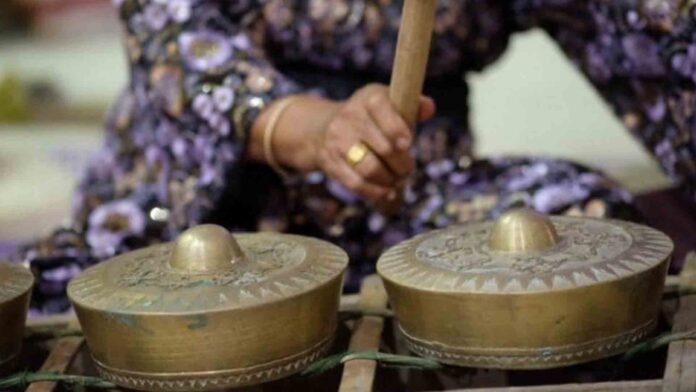A landmark study has revealed the complex shared origins, inter-relatedness, and genetic diversity of the Filipino people.
Taking advantage of the latest advances in genomics and computational biology, a team of researchers investigated into the Filipino DNA (deoxyribonucleic acid).
They looked into 2.3 million molecular DNA markers that were known to differ between various populations.
The markers from more than 1,000 individuals, representing 115 Philippine cultural communities, were comprehensively analyzed.
“This finally gives us a clearer picture of who we are as Filipinos, where we came from, and our sense of relatedness.” Carlo Ebeo, Board of Trustee member of the National Museum that was involved in the study, said.
It was revealed that, through time, the Philippines was inhabited by at least five major waves of human migration, starting with Northern and Southern Negritos as the first Filipinos, then followed by Manobo, Sama, and Cordilleran-related populations.
It was previously thought that the search for new arable lands by expanding farmer populations was the main reason for driving population migrations, such as the dispersal Austronesian-speaking groups into the Philippines.
Role of climate change
However, Sweden-based Filipino scientist Dr. Maximilian Larena, who co-led the study, challenged this view.
“Our findings suggest that instead of farming, climate change may have played a more important role in driving the mass movement of populations in various directions,” he said.
The significant geographic changes may have prompted the migration of Manobo and Sama-related ancestral groups from Borneo into southern Philippines and Cordilleran-related ancestral groups from southern China-Taiwan area into the various islands of the Philippines.
The arrival of Manobo, Sama, and Cordilleran-related groups resulted in interbreeding with resident Negritos.
Interestingly, some Cordillerans remained to be the only Filipino ethnic group that did not show evidence of historical interbreeding with Negritos. They are the only ones in the world who remained to be the unadmixed descendants of Basal East Asians, the study showed.
“This affirms that Cordillerans were isolated for quite some time, which is evident on the retention of distinct indigenous cultural practices and presence of immense linguistic diversity in the region,” Dr. Adrian Albano, a Kalanguya Cordilleran from Ifugao State University and co-author of the study, said.
Additional minor genetic signals were also detected in some Filipino ethnic groups, including Papuan, South Asian, and European genetic ancestry.
The Papuan-related ancestry is found among the coastal ethnic groups of southeastern Philippines. This likely reflects a westward migration or gene flow of Papuan-related ancestry from Papua New Guinea or the Bismarck’s archipelago into eastern Indonesia and subsequently into southeastern Philippines.
The South Asian or Indian-related genetic signal was detected among the Sama Dilaut and other coastal Sama ethnic groups of southwestern Philippines.
The signal was dated to 500 to 1000 years ago, coinciding with the time when there was increased maritime trading activity between Island Southeast Asia and India.
The European genetic signal was only detected in one percent of all individuals investigated, indicating a limited genetic legacy of the Spanish Colonial Period.
Groundbreaking study
The study was made possible through the partnership between Uppsala University of Sweden, led by Prof. Mattias Jakobsson and Larena, and the National Commission for Culture and the Arts (NCCA), through the office of then chairperson Felipe Mendoza de Leon.
“This is a groundbreaking study that the commission heartily endorsed, and we should be thankful for this collaboration as it sheds some light on the longstanding question of our origins. It will certainly revise our understanding and appreciate that the story of the peopling of the Philippines from three waves of migration as proposed by Otley Beyer is not supported by archeological, genetic, or historical evidence,” says Prof. Felipe Mendoza de Leon of the NCCA.
Aside from the extensive network of cultural workers provided by the NCCA, the scientific endeavor was also implemented in collaboration with indigenous cultural communities, local universities, local government units, non-governmental organizations, and regional offices of the National Commission for Indigenous Peoples.
“We are proud to be part of this historical research. It revealed how interconnected we are to each other after all, and that we share a common ancestry. Recognizing this fact will hopefully carry a message of unity and peace among various ethnic groups, regardless of beliefs,” says Waway Saway of the Talaandig ethnic group of Bukidnon that was involved in the study. (PNA)




